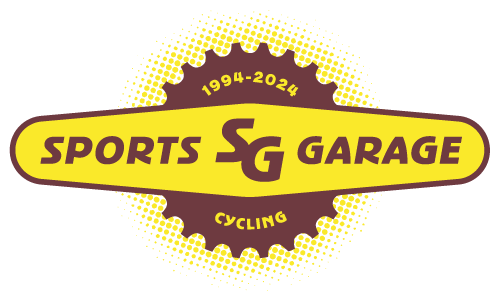
Mountain bikes have come a long way in the past decade. Ten years ago, the average rider was just beginning to seriously consider the move to a carbon frame, 26-inch wheels were still a common sight on trails (even the occasional “triple”), and dropper posts were a luxury for early adopters.
Hardly anyone could have suspected geometry would evolve into the elongated—yet efficient—machines we see today. eMTBs are yet another development pushing the envelope of what’s possible. And now, an upgrade you may not have known you needed is gaining in popularity: smart suspension.
Two brands lead the charge in delivering the suspension of the future—Fox and SRAM. While each system functions in a unique way, both strive to achieve the same end result: automatically adjusting your suspension settings, optimizing the amount of “openness” or “closedness” for the most efficient ride possible. We break down the tech and what it means for the typical mountain biker, below.
Why Efficient Suspension Matters
The truth is, suspension technology impacts every rider, whether you are aware of it or not. If you’re someone who doesn’t bother locking and unlocking your suspension based on the terrain (and ascending vs. descending), you are losing substantial pedaling efficiency. On the other hand, if you’re a rider who does lock and unlock your fork or shock (or both if able) constantly throughout a ride, you probably see the immediate benefit of no longer having to reach around your bottle cage and almost knock your front teeth out on your handlebars multiple times per ride. And if you’re riding a fully rigid mountain bike, well, come see us.
Much like the introduction of the dropper post, you can see how electronic suspension solves a problem we all share.

Electronic Suspension Systems = Efficiency
Fox and SRAM solve this problem by doing the work for you. While both are electronic suspension systems, they differ in build. Fox’s system, called Live Valve, makes use of wired connections between the fork, shock, main control unit located in the frame, and a couple of additional sensors. These all toggle independently of one another between two settings, open and firm, based on readings taken by the controller at a rate of 1,000x per second. The whole set-up is powered by a battery mounted on this controller (located on the frame) that can be charged while on or off the bike.
SRAM’s system, Flight Attendant, functions similarly but is wireless. In much the same way, the smart system reads the terrain and the pitch of the bike to toggle between three settings: open, pedal, and lock. A small army of AAA batteries keep things running (seven to be exact) with a ride time of roughly 30 hours. The “brain” of the system is located on top of the right fork leg, allowing you to toggle manually through modes (much like a normal fork) if preferred.
Both systems offer apps to further customize—and fully understand—your experience using this smart technology.
Ready to Upgrade to Automatic?
Although Live Valve has technically been in the marketplace since 2018, it is only beginning to make an appearance as an in-line build option with most manufacturers. There is no aftermarket availability for Flight Attendant as of right now, and Live Valve systems can only be installed on frames that have been provisioned for the system. Several manufacturers have begun anticipating riders’ interest in intelligent suspension by making frames Live Valve-ready. Within our inventory, you can find the Live Valve on select Pivot Trail 429 builds.
The Sports Garage Take
So far, we’ve only had the opportunity to ride the Live Valve and have been impressed by its ease-of-use and noticeable efficiency. We are excited to test out the Flight Attendant this fall and report back with our findings on how it compares. We’re pretty passionate about suspension technology, so the evolution of intelligent systems is at the top of our “must ride” list. Stay tuned for more.
